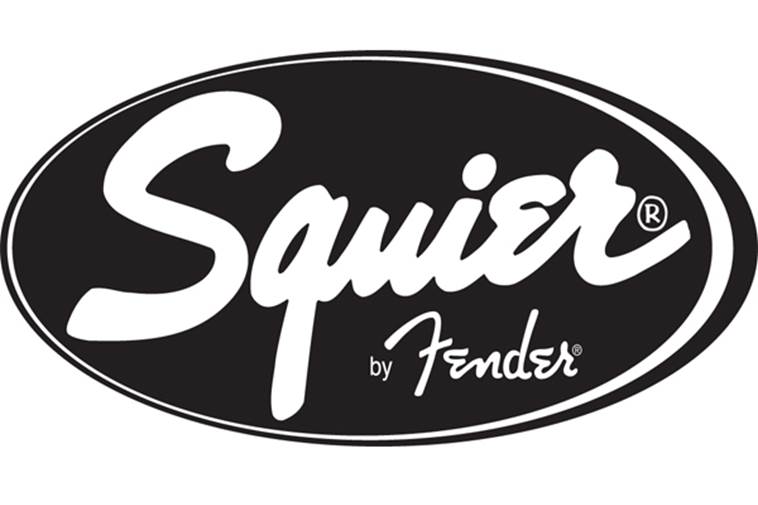Fender Squier

The Squier NAME was owned by Fender years and years ago and was associated with Guitar Strings. They owned the name, so they simply reused the name.
Originally, as expected, Squiers were created to directly compete with imports but yet try to distance the name of Fender from the guitar which they placed at the bottom of the “quality” stack. In my mind, that was an excellent marketing strategy and great way to go head to head with “copies” that came from overseas.
Some Squires made in Japan can be quite good.
Squires in general have had huge quality swings over the life of their existence and have been made in many different countries. In general they have had much lower quality control. So you can get a decent one, but you gotta look really look to find it.
Most of the time, don’t pay too much for a Squier and don’t invest a lot of money into fixing one in because you will VERY likely not end up with what you want and will not get your money back out of it. BUT that said, if you want to, and you bond with it, them go right ahead 😉
Here’s a great “Squier” Wiki
The machining and quality control doesn’t always match up with “stock” components so swapping things out (other than pickups) can be problematic and require drilling (especially the goofy machine heads). I have validated this from personal experience. The paint jobs usually are of lower quality but you occasionally can get a goodie.
On the plus side. Squier have a TON of unusual colors, models, shapes and designs so if you want a guitar to goof around with, or learn your skill, or create your own wacky model, etc, this IS the guitar to play with. If you want to sub parts in and out without drilling you should buy a Mexi Stratocaster since almost all parts are swappable and the sizing is more consistent.
The pickups are generally lower output and lower DCR. HOWEVER, they take VERY well to series wiring options with a switch while maintaining a more classic sound when the switch is off. I do loaded pick guards that use lower output Squire/Mexi pickups as one of my options for just this reason.
BOTTOM LINE:
You can really get an interesting Strat. Don’t invest too much into a Squier in “general”. If you want to strip finishes use a Squire. Watch out for machining, you could work on a body just to find out the neck has issues. Quality control with them is all over the place from Excellent to pure unadulterated crap.
Squire Serial Numbers Search https://www.guitarinsite.nl/serienummers-squier_eng.php
A tiny amount of history info.
Back in the ‘60s, Fender bought V.C. Squier, which at the time was primarily a string manufacturer for violins, guitars, and banjos. Founded in the late 1800s by Victor Carrol Squier in Michigan, it’s remarkable that the company remained independent until 1965—the big year when Fender purchased Squier.
The string manufacturing continued, but under the name of Fender, which meant the Squier name became buried in history as a bygone brand… that is, until 1982, when “Squier by Fender” produced its first guitar: the Squier JV, or “Japanese Vintage”.
Ever since, Squier has been the more affordable cousin of Fender guitars, being produced in China, Indonesia, India, Korea, Mexico, and Japan with cheaper materials and lower labor costs. Because Squier is owned by Fender, it is allowed to produce the Fender trademarked guitar styles—the Stratocaster and Telecaster, for example—but the cheaper versions of them.
The body of the Squier is a little bit softer and lighter than the Fender, and the finish job will be less pristine. The hardware is slightly lower quality and replacing the tuners almost always requires drilling.